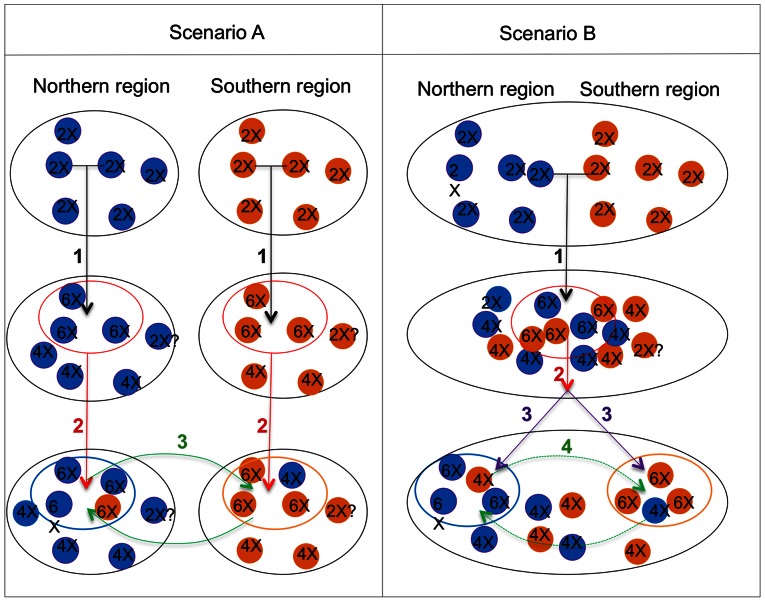Figure 6. Two possible scenarios about the origins of Ipomoea batatas.
a) Scenario A which represents according to us, the most parsimonious scenario explaining the clear-cut phylogeographical pattern inferred from both nuclear and chloroplast data: 1) Multiple independent events of autopolypoidy within several polymorphic and pre-differentiated wild populations (phylogeographical differentiation), and then 2) multi-local domestication within each polyploid population, followed by 3) gene flow between the two cultivated genepools and between cultivated and wild forms. b) Scenario B: 1) Hybridization between differentiated conspecific wild populations (in contact because of potential climate-induced or human-induced range shift) and polyploidization, followed by 2) the domestication of these polyploids forms and then 3) patterns of post-domestication human expansion may have been responsible for the clear-cut phylogeographical pattern found within cultivated I. batatas in tropical America. Finally, 4) Gene flow between the two cultivated genepools and between cultivated and wild forms may also have occurred.

